Raising the coverage ratio is "both attractive and crucial"
The Ministry of Industry and Trade is drafting a National Assembly Resolution on mechanisms and policies to remove difficulties in national energy development in the 2026-2030 period; in which it proposes to increase the annual contracted electricity output (Qc) rate for LNG thermal power projects from 65% to 75%.
In the report “Electricity Industry Credit Perspective”, Vietnam Investment Credit Rating Joint Stock Company (VIS Rating) assessed that the proposal to increase the contracted electricity output offtake rate to 75% is an important and attractive policy to promote new investment, because currently no country in the ASEAN region provides an equivalent mechanism.

The urgency of the new policy is clear, as nearly 25% of the 21 LNG power projects under Power Plan VIII currently have no investors, and more than half are facing delays.
The proposal to increase the take-up rate is expected to follow recent reforms, which have had positive impacts in significantly improving the investment environment. Notably, Decision 1313/2025 issued in May 2025 established a ceiling price for LNG electricity, creating a transparent basis for negotiating power purchase contracts with Vietnam Electricity. Along with that, Decree 56 and 100/2025 continue to minimize risks for investors through the mechanism of transferring fuel prices into electricity prices and ensuring a minimum take-up rate of 65% of contracted electricity output for 10 years.
Thanks to these policies, new investment capital has increased. In the third quarter of 2025, PetroVietnam Power Corporation (PV Power) mobilized VND7.3 trillion in equity capital and arranged VND2 trillion in credit for the Nhon Trach 3 and 4 projects. At the same time, Vingroup poured an additional VND10 trillion into VinEnergo to develop the Hai Phong LNG project.
“We believe that the new policies have significantly improved the investment environment for LNG power projects in Vietnam. The proposal to increase the contract power output offtake rate to 75% is both an attractive and key policy to promote new investment. In addition, investors can still negotiate a higher offtake rate in the power purchase agreement with EVN, thereby increasing the efficiency of the project,” said Mr. Nguyen Minh Quang, analyst at VIS Rating.
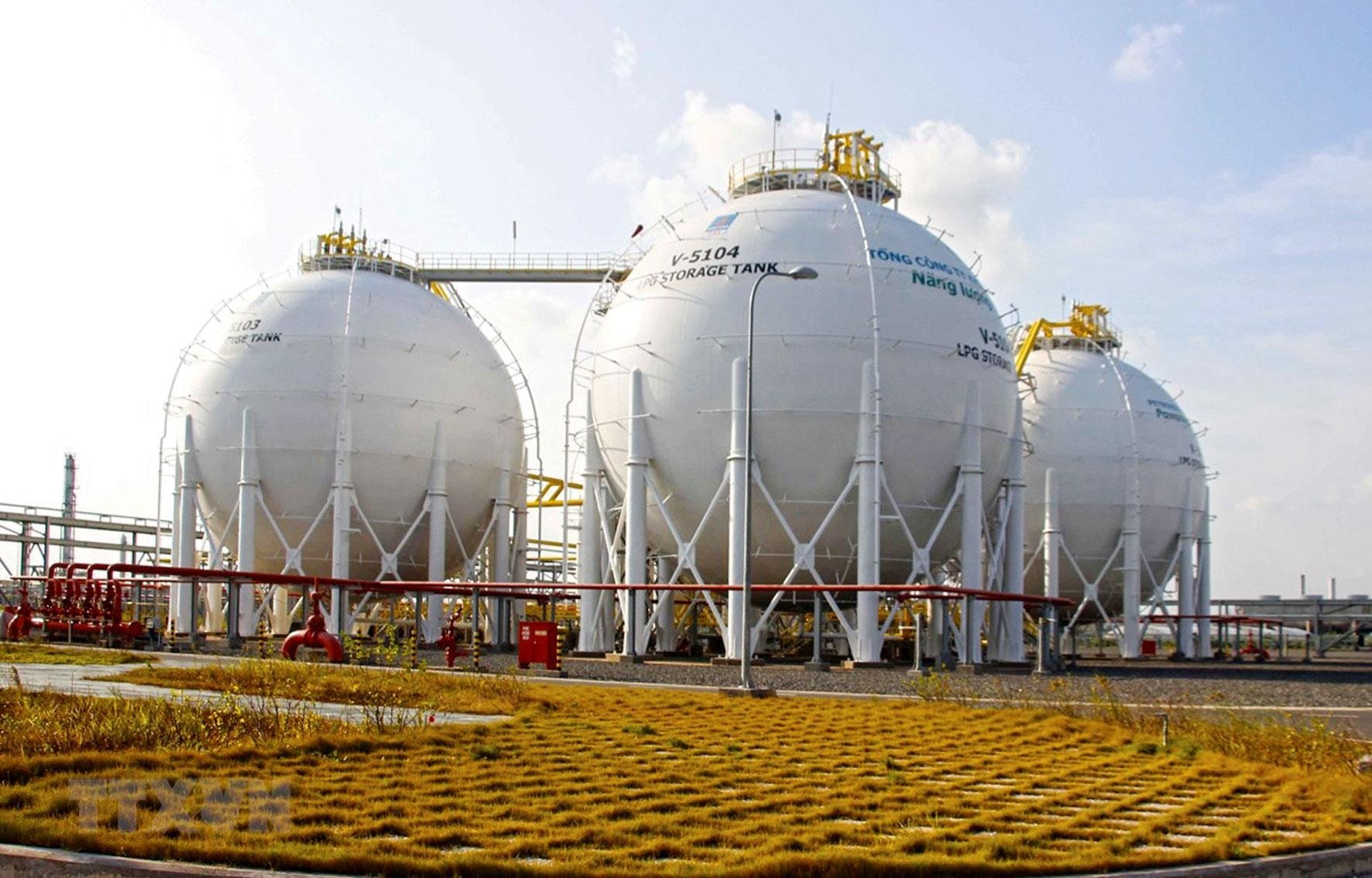
Infrastructure barriers and legal framework
According to VIS Rating, in addition to negotiating power purchase contracts, the progress of LNG power projects also depends largely on resolving complex infrastructure bottlenecks.
Most of the 21 projects need to be connected to LNG receiving port infrastructure, increasing the complexity of planning and licensing. Many large projects such as Hai Lang 1, Quang Ninh and Ca Na are still behind schedule due to problems with local planning adjustments, site clearance and the lengthy process of handing over land and water surfaces.
In addition, delays in planning and construction of transmission grids in many localities also affect the progress of projects. VIS Rating expects these problems to be gradually resolved when the new local government apparatus comes into stable operation from the fourth quarter of 2025.
According to the adjusted Power Plan VIII, LNG thermal power is a strategic pillar to ensure energy security after 2030. Vietnam aims to reach 25,600 - 36,000 MW of LNG power capacity in the 2030 - 2035 period, compared to almost zero before 2025.
With an average construction time of 4-5 years and a requirement to operate before 2031 to enjoy incentives, VIS Rating expects the implementation progress to accelerate from 2026. The capital funding structure is expected to follow the practice of 30% equity and 70% debt, thereby strongly promoting the demand for bank credit when projects improve their feasibility.
Source: https://daibieunhandan.vn/ky-vong-dong-von-moi-chay-vao-cac-du-an-dien-khi-lng-10395304.html





![[Photo] Prime Minister Pham Minh Chinh receives Lao Minister of Labor and Welfare Phosay Sayasone](https://vphoto.vietnam.vn/thumb/1200x675/vietnam/resource/IMAGE/2025/11/11/1762872028311_dsc-2246-jpg.webp)




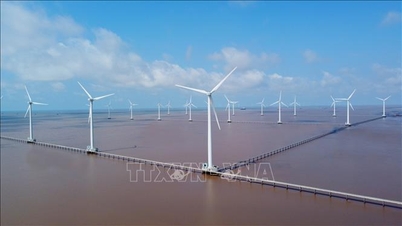


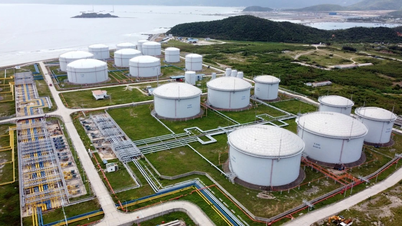

















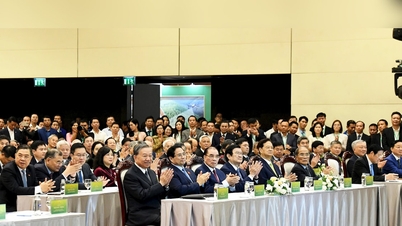

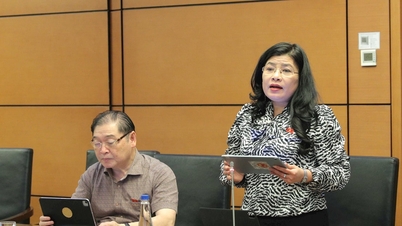
























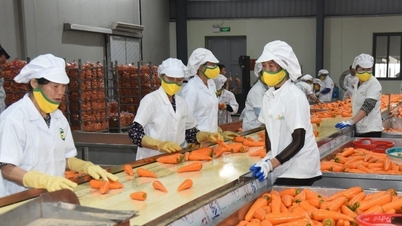
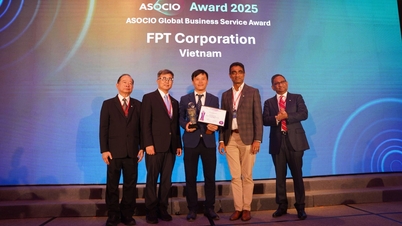












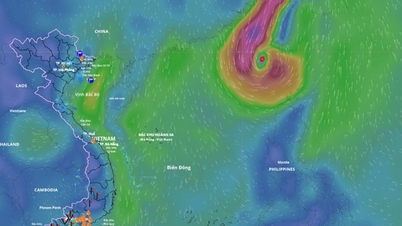








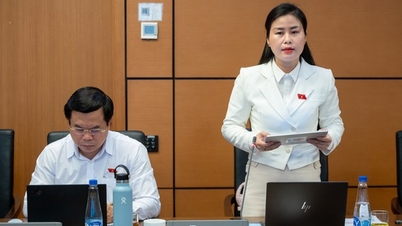
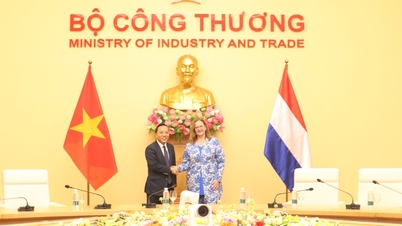





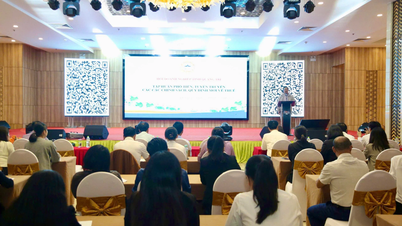

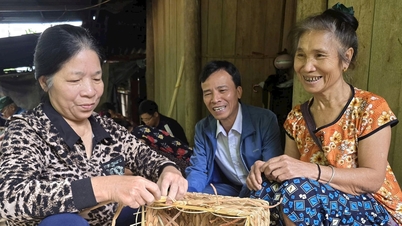









![Dong Nai OCOP transition: [Article 3] Linking tourism with OCOP product consumption](https://vphoto.vietnam.vn/thumb/402x226/vietnam/resource/IMAGE/2025/11/10/1762739199309_1324-2740-7_n-162543_981.jpeg)








Comment (0)